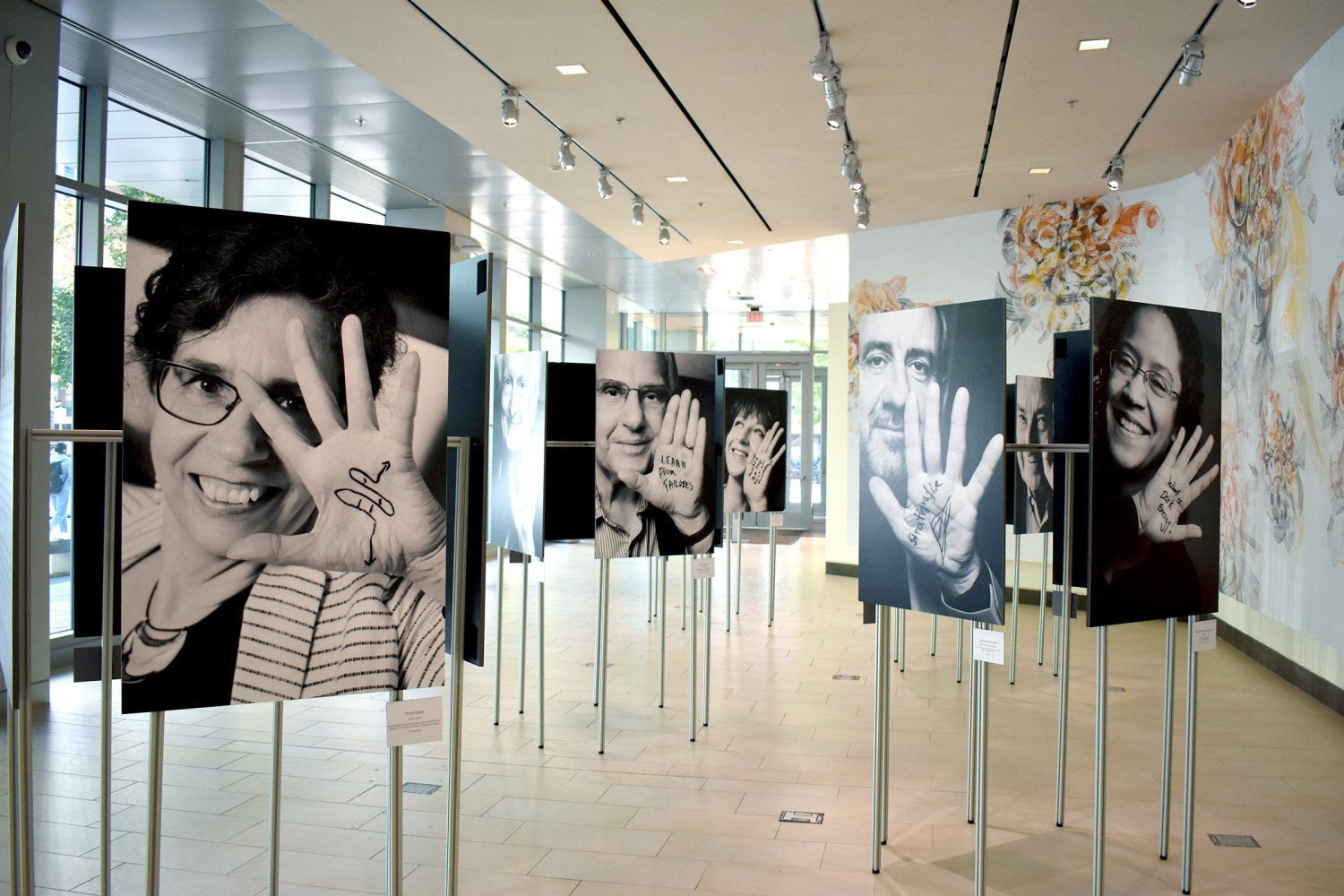The Intersection of Art, Society, and Education
Art has long been a powerful force in shaping and reflecting society. Its role extends beyond mere aesthetics, influencing social attitudes, cultural norms, and educational paradigms. The interplay between art, society, and education is intricate and multifaceted, with each element profoundly impacting the others.
Understanding this intersection is crucial for appreciating how art can foster societal progress and enrich educational experiences.
Art as a Mirror to Society
 Art serves as a reflection of societal values, struggles, and triumphs. Through various forms—whether painting, sculpture, literature, or digital media—artists capture and convey the zeitgeist of their times.
Art serves as a reflection of societal values, struggles, and triumphs. Through various forms—whether painting, sculpture, literature, or digital media—artists capture and convey the zeitgeist of their times.
This reflective function allows art to act as both a historical record and a commentary on contemporary issues.
Cultural Expression: Art provides a platform for expressing cultural identities and experiences. It allows communities to share their stories and traditions, offering insight into diverse ways of life.
Social Commentary: Many artists use their work to critique social norms and injustices. Through provocative imagery or poignant narratives, art can challenge prevailing attitudes and inspire change.
By engaging with art, individuals and societies gain a deeper understanding of their own experiences and those of others. This dialogue between art and society highlights the role of creative expression in fostering empathy and social awareness.
The Role of Art in Education
Integrating art into education is more than just an enrichment activity; it is a fundamental component of a well-rounded curriculum. Art education enhances cognitive development, fosters creativity, and supports emotional growth.
Cognitive Benefits: Studies have shown that engaging with art can improve critical thinking skills, spatial reasoning, and problem-solving abilities. Activities such as drawing, painting, and sculpting stimulate brain areas involved in these processes.
Creativity and Innovation: Art encourages imaginative thinking and originality. By exploring various artistic techniques and concepts, students learn to approach problems from multiple perspectives and develop innovative solutions.
Emotional Expression: Art provides a safe space for expressing emotions and experiences. It can be particularly beneficial for students dealing with stress or trauma, offering an outlet for processing complex feelings.
Educational institutions that emphasize art as a core subject contribute to the holistic development of students, preparing them for diverse challenges and opportunities in the future.
Art as a Tool for Social Change
Art has the power to drive social change by raising awareness about critical issues and mobilizing communities. Through collaborative projects, public installations, and advocacy campaigns, artists and educators work together to address pressing social concerns.
Public Art Projects: Murals, sculptures, and installations in public spaces can provoke thought and encourage community engagement. These projects often address local issues and reflect the values of the communities they serve.
Advocacy Through Art: Artists and educators use their platforms to advocate for social justice, environmental sustainability, and human rights. Art serves as a medium for raising awareness and inspiring action on these important issues.
By harnessing the influence of art, educators and activists can foster a more informed and engaged society. Art becomes a catalyst for dialogue and action, bridging gaps between individuals and communities.
The Future of Art in Society and Education
As society evolves, so too will the role of art in shaping and reflecting our world. The integration of digital technologies and new media is transforming the way art is created, experienced, and taught.
This evolution presents both opportunities and challenges for educators and artists.
Digital Integration: The rise of digital platforms offers new ways for art to engage with audiences and facilitate learning. Virtual galleries, online workshops, and interactive media expand access to art and educational resources.
Interdisciplinary Approaches: Future educational models may increasingly integrate art with other subjects, fostering a more interdisciplinary approach to learning. Collaboration between artists, educators, and scientists can lead to innovative educational practices and projects.
Global Perspectives: The global nature of contemporary society calls for a more inclusive approach to art education. Embracing diverse artistic traditions and cultural perspectives enriches the educational experience and promotes cross-cultural understanding.
The ongoing evolution of art and education underscores the need for continued exploration and adaptation. Embracing these changes ensures that art remains a vital force in society, contributing to personal growth, cultural enrichment, and social progress.
Public Art Projects and Community Engagement











































